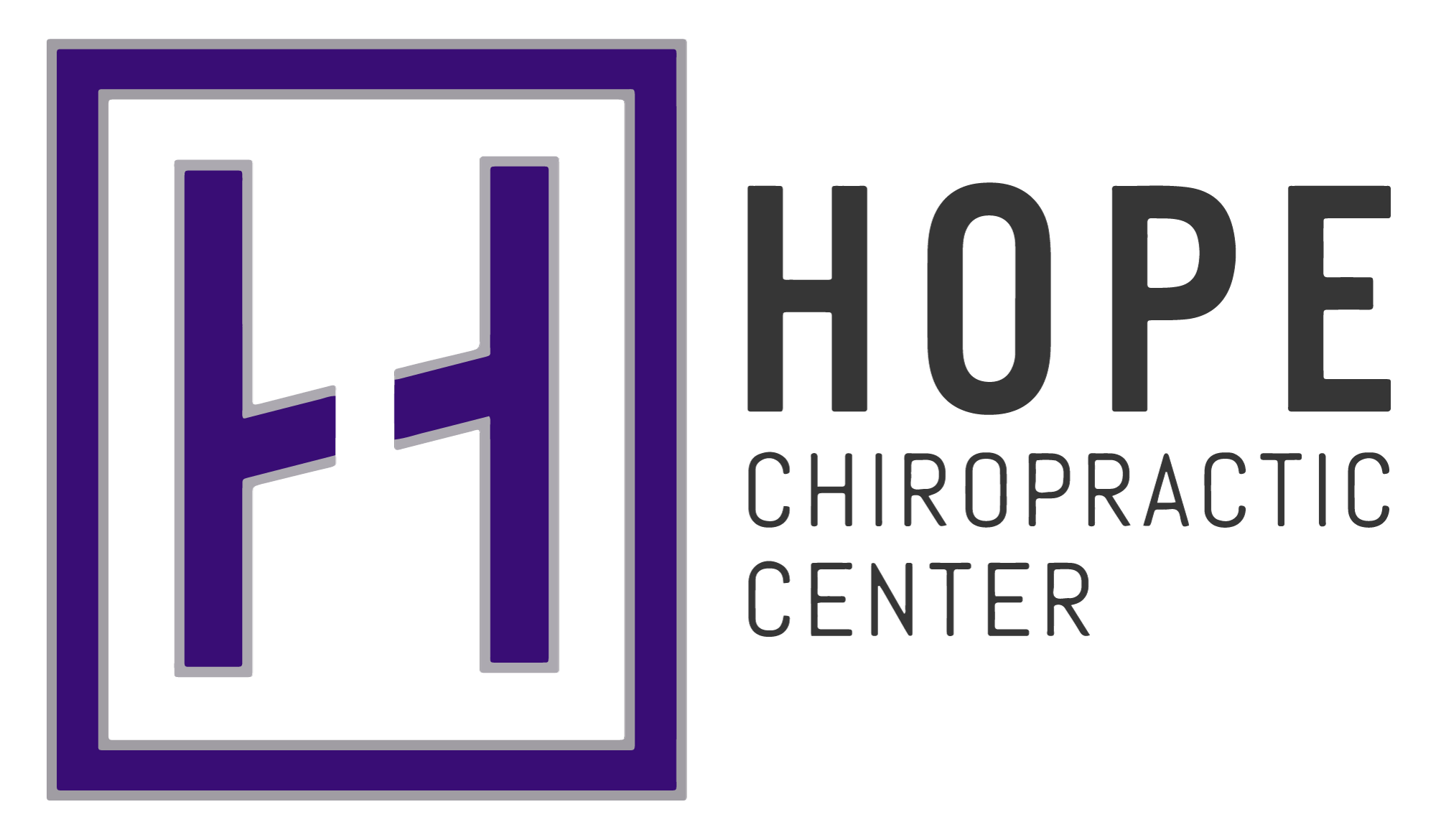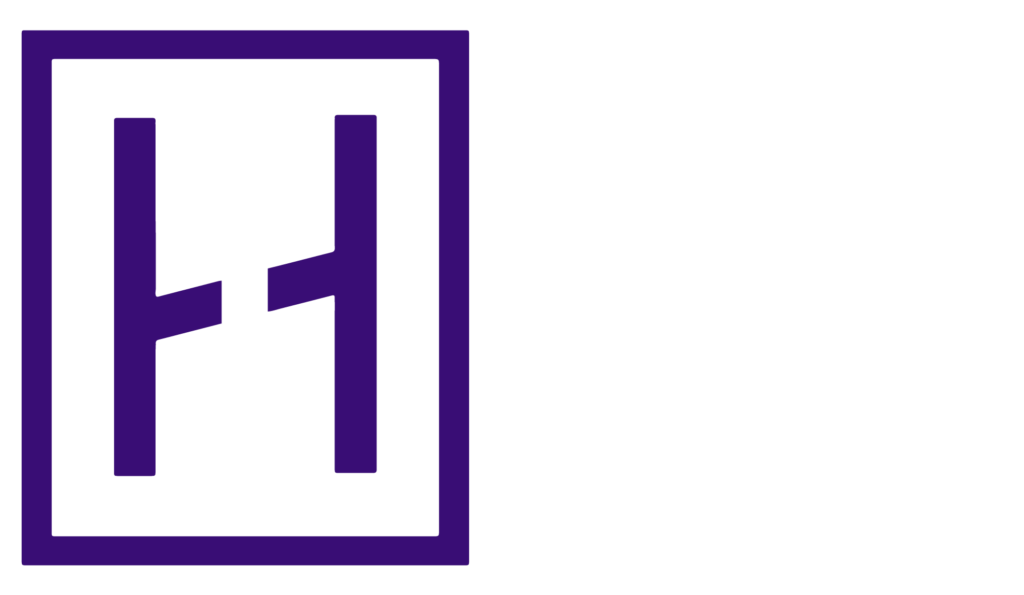Head injuries, particularly those that result in trauma to the brain, are not only highly dangerous in the short-term but also have potentially devastating effects long-term.
For patients and their families to better cope with the long-term side effects of head trauma, they need to consider the following:
1. SOME SIDE EFFECTS OF HEAD TRAUMA MAY LAST THE PATIENT’S ENTIRE LIFE.
A variety of factors can affect a patient’s ability to heal from head trauma, including the nature of the injury and its severity in addition to the type of treatment received. A head wound can result in permanent brain damage that the patient will have to live with for the rest of their lives. It is important to point out that this is not always the case, and recovery from long-term head trauma and its side effects does occur.
2. EVERY HEAD INJURY CASE IS UNIQUE.
The Centers for Disease Control and Prevention estimates approximately 1.7 million traumatic brain injuries in the U.S. each year. And each of these 1.7 million cases is different in some way. Differentiating factors include the amount of force applied to the head, the location of the impact; the direction of force; the health of the injured; the timing/quality of treatment; and more. This broad spectrum of factors can contribute to the nature and severity of head trauma and its long-term side effects—as well as the odds of recovery.
Because each case is impacted by a different set of factors and no one injury is the same, it is often difficult to predict which long-term side effects a patient may experience and how long they will last. A team of doctors and other specialists may need to perform tests for a sustained period of time to understand the extent of a patient’s injuries fully, determine their prognosis for recovery, and identify which long-term side effects may remain.
3. DIFFERENT LONG-TERM SIDE EFFECTS MAY OR MAY NOT OCCUR AND WILL VARY.
Identifying them will help you and your doctors develop the best possible treatment plan and help your family cope.
Some long-term side effects of head trauma include:
-
- Memory loss
-
- Mood swings
-
- Impaired language skills
-
- Coma/loss of consciousness
-
- Loss of sensation in the body’s extremities (fingers, toes, etc.)
-
- Increased risk of stroke/seizure
-
- Impaired cognitive function
-
- Loss of balance
-
- Partial paralysis
- Alzheimer’s, Parkinson’s, and other degenerative conditions
4. SOME LONG-TERM SIDE EFFECTS OF HEAD TRAUMA MAY BECOME MORE SEVERE.
Some long-term side effects caused by a head injury may worsen. This could be due to the slow degradation of brain cells over time or complications caused by new injuries or new/existing medical conditions. For this reason, patients and their loved ones should be watchful for signs of worsening long-term side effects and consult a physician or brain injury rehabilitation specialist if worsening symptoms do develop.
5. THERE ARE THREE COMMON KINDS OF HEAD TRAUMA THAT LEAD TO TRAUMATIC BRAIN INJURY AND ASSOCIATED LONG-TERM SIDE EFFECTS.
Closed Head Injuries. The most common head injuries are closed-head injuries. They leave no visible bleeding or open wounds. Usually, They involve the head moving rapidly in more than one direction—resulting in the brain-twisting or colliding against the inside of the skull. This may cause internal bleeding or damage to nerve fibers.
Open Wound Injuries. Also called penetrating brain injuries, these injuries are characterized by open wounds that may risk exposure of the brain to external conditions through a break in the skull. These wounds are externally more graphic than closed head injuries, but if the damage is limited to one area, the prognosis may actually be better.
Crushing Injuries. When the brain is compressed between two objects, it is called a crushing injury. These injuries can result in severe trauma to the base of the skull or neck and the brain. Common short-term side effects include severe bleeding and skull fractures.







